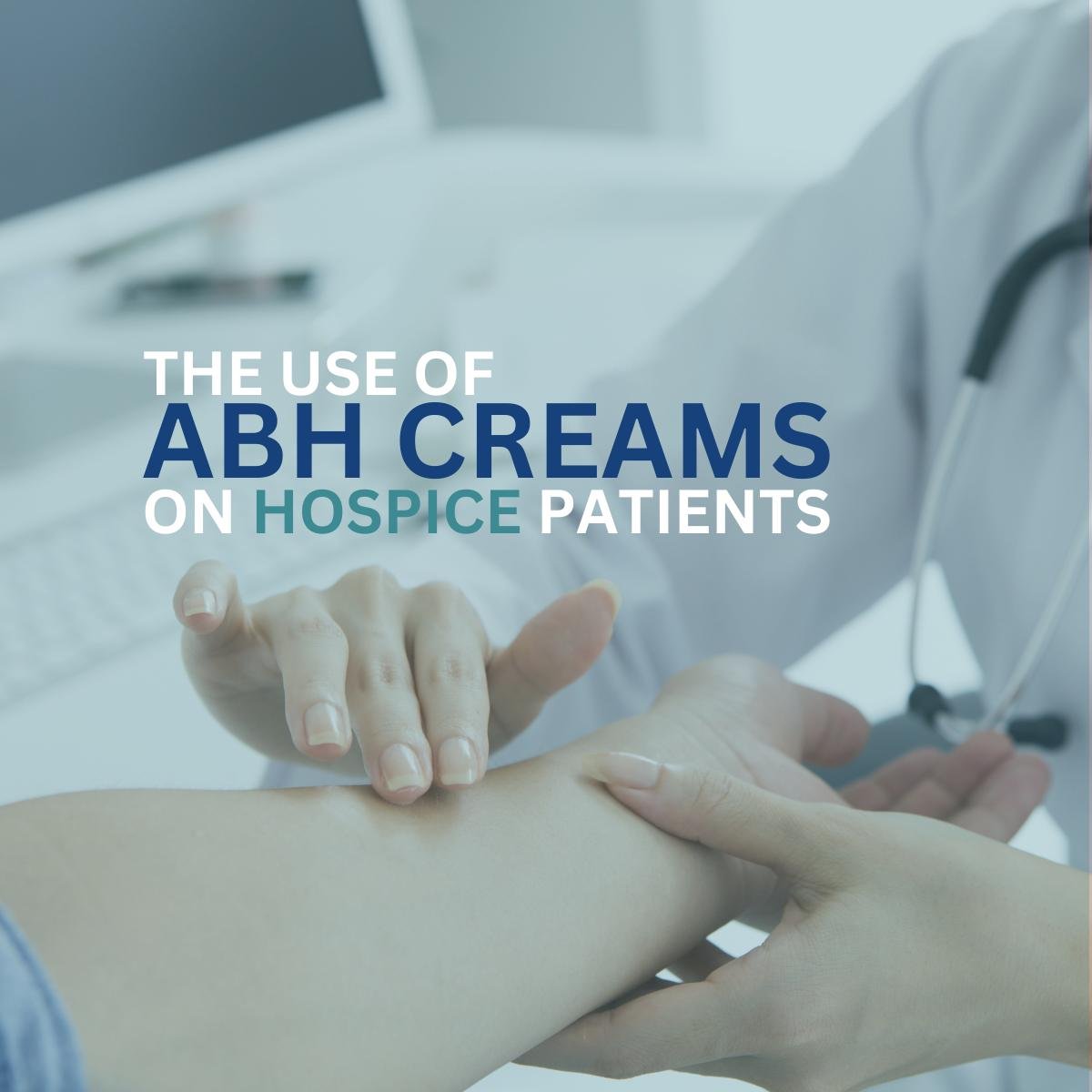Do ABH Creams work for Hospice Patients?
ABH Creams: Are they worth using on Hospice Patients?
Topical compounds are often used in hospice to treat many symptoms, such as nausea, vomiting, anxiety, and terminal delirium. However, there is a lack of data supporting the absorption and efficacy of these applications. Does this negate the subjective efficacy of these compounds – no! But let’s dive into whether we should make this a standard medication for our hospice patients.
First, let’s list the most used topical compounds in hospice:
ABH: lorazepam (Ativan), diphenhydramine (Benadryl), and haloperidol (Haldol)
ABRH: lorazepam (Ativan), diphenhydramine (Benadryl), metoclopramide (Reglan), and haloperidol (Haldol)
We know that in medicine, we are always looking for the newest data and studies to help guide patient care. However, the use of ABH gels and creams don’t have new studies in recent years because the studies done in 2010-2021 have proved that there is little to no absorption of the ingredients in these compounds. At least not enough to be considered medically effective.
According to Smith et al. (2011), the quantities of lorazepam, haloperidol, and diphenhydramine taken from blood samples after topical application showed that the blood levels of each medication were 100-10,000 times lower than the therapeutic levels.
There is also a very strongly worded research article by Blaszczyk, Bailey and Tapia (2021) suggesting that due to the lack of evidence proving the efficacy of these compounds, those who continue to use it may be wasting not only financial resources but precious time that patients could be receiving other modalities for symptoms that have been proven to work.
We could continue to reference a handful of other studies and articles further proving the lack of effectiveness of these compounded medications.
However, in hospice and palliative care it is our primary goal to increase quality of life and decrease a patient’s burdensome symptoms. For this, we often use unconventional and MacGyver-like methods – despite the objective ‘evidence’ or research. Therefore, we can’t only take the evidence and run with it. We must use our patients’ subjective responses, in coordination with scientific research, to build the very best symptom management care plan for our patients.
It has been suggested that these ABH creams and gels are perhaps only ‘effective’ for the patient due to the physical touch when applied. If this is true, great! Let’s spend more time touching and loving our patients. But perhaps we can use lotion instead of high-cost compounded creams.
References:
Blaszczyk, A.T., Bailey, T.A., & Tapia, S. (2021, January). ABH Gel: comforting cure of pricey placebo? Journal of the American Medical Directors Association, 22 (1). 10.1016/j.jamda.2020.10.005
Smith, T., Fletcher, D., Coyne, P., Ritter, J., Dodson, P., & Parker, G. (2011). “ABH Gel” is not absorbed from the skin of normal volunteers so cannot be effective against nausea. Journal of Pain and Symptom Management, 42 (2). https://doi.org/10.1016/j.jpainsymman.2011.12.104
Jaymie Wilson, MSN, APRN-CNP, ACHPN
Chief Operating Officer | PDC Rx


